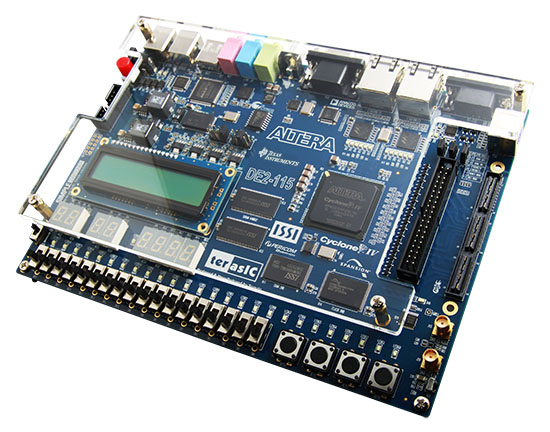Time: 2025-01-03 10:51:21View:
Supervisory devices are essential components that monitor and ensure the proper operation of Altera FPGAs (now part of Intel FPGA product lines). These devices handle critical tasks such as power sequencing, voltage monitoring, reset generation, and watchdog timing to ensure FPGA stability and reliability.

1. Power Supply Monitoring: Ensure power supply rails are within operating ranges.
2. Reset Generation: Provide clean and reliable reset signals during power-up, brown-out, or failure events.
3. Watchdog Timer: Restart or reset the FPGA if it becomes unresponsive.
4. Voltage Sequencing: Manage the order in which power rails are activated.
5. Over-Temperature Protection: Monitor system temperature and prevent overheating damage.
Device Type | Function | Examples |
Voltage Supervisors | Monitor voltage rails & generate reset | ADM13305, LTC2937 |
Reset Generators | Generate reset signals | MAX706, ADM8317 |
Watchdog Timers | Reset FPGA if unresponsive | MAX6326, ADM8318 |
Sequencers | Control power-on sequence of rails | LTC2928, ADM1186 |
Temperature Monitors | Monitor FPGA temperature & act if exceeded | TMP461, MAX1619 |
Altera FPGA Family | Voltage Supervisor | Reset Controller | Power Sequencer | Temperature Sensor |
ADM13305 | MAX706 | ADM1186 | TMP461 | |
LTC2937 | ADM8317 | LTC2928 | MAX1619 | |
LTC2991 | ADM6326 | LTC2978 | TMP451 | |
MAX1617 | MAX6369 | ADM1184 | TMP102 |
Note: Always check the FPGA family datasheet for specific voltage rail requirements and compatibility with supervisory devices.
· Monitors VCCINT, VCCIO, and VCCA voltages.
· Generates a reset signal if voltage goes out of acceptable ranges.
Example Devices: ADM13305, LTC2937
· Provides a clean reset signal during power-up and power-down.
· Prevents FPGA from starting in an unstable state.
Example Devices: MAX706, ADM8317
· FPGA toggles a signal periodically to reset the watchdog timer.
· If the signal stops toggling, the watchdog resets the FPGA.
Example Devices: MAX6326, ADM8318
· Ensures proper power-up sequence of voltage rails.
· Prevents damage due to improper sequencing.
Example Devices: LTC2928, ADM1186
1. Voltage Tolerance: Ensure the supervisor matches the voltage thresholds of the FPGA.
2. Reset Timing: Verify the reset signal timing meets FPGA specifications.
3. Watchdog Configuration: Adjust watchdog timeout appropriately for your FPGA design.
4. Thermal Management: Include temperature sensors for thermal protection.
5. Redundancy: Consider using multiple supervisors for critical applications.
· Intel FPGA Documentation: Intel FPGA Documentation Portal
· Analog Devices Supervisory ICs: Analog Devices Supervisory ICs
· Texas Instruments (TI) Supervisory ICs: TI Supervisory Circuits